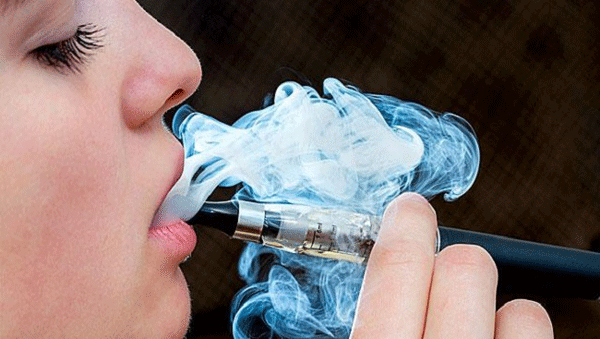There’s a reason why the dawn of the 21 century was called the ‘information age’ – because of the internet making information available really fast. All this is thanks to the two types of media transmitters, the wired and the wireless transmission. Today, I will talk about wired media transmission which came out long before wireless transmission did and uses data cables for its purpose. Data cables are divided into three categories – they all have different characteristics that make them easy to differentiate and each one of them is able to carry bits of information in different environments. To make things a bit clearer, let’s talk details.

The twisted pair cable is probably the most recognizable data cable among the general public. It has two copper wires twisted together inside, each one has a plastic insulation wrapped around it and some added metal foil. The benefits of twisted wires are that they reduce the degradation of the signal, which makes them one of the most flexible cables when it comes to data transmission. They come in a blue, yellow or grey colour and are connected either to your modem, router, telephone line or computer. Each one of them uses a different kind of cable category, with the Cat5e being the most widely used category today.

In order to transmit data to your TV, the coaxial cable needs what is called a coaxial connector, which looks like a small tube with a copper wire in the middle. The copper wire is wrapped around with an insulator and also covered in metal foil inside this cable, which has higher frequency rates than the twisted pair cable, although it is far away from being one of the most flexible cables. In comparison to the twisted pair, the coaxial cable has higher bandwidth and the attenuation (degradation of the signal) is much higher too. The coaxial cable can also be found in digital telephone networks where a single cable is able to carry up to 600 Mbps worth of data.

Firbre optics is probably the black sheep when it comes to the build of the cable itself because it transfers light as the source of information and it doesn’t need wires to do so. The inside of this cable is made out of two components: core and cladding. The core is denser than the cladding, thus it provides a path for the light to go through, which reflects from the cladding. The core is made of either plastic or glass which makes this cable very fragile and almost non-flexible at all. Compared to the other two, fibre optics has a very low attenuation, while it also provides very high bandwidth without any electromagnetic interference pretty easily, and because of that, it is generally used in backbone networks.





















